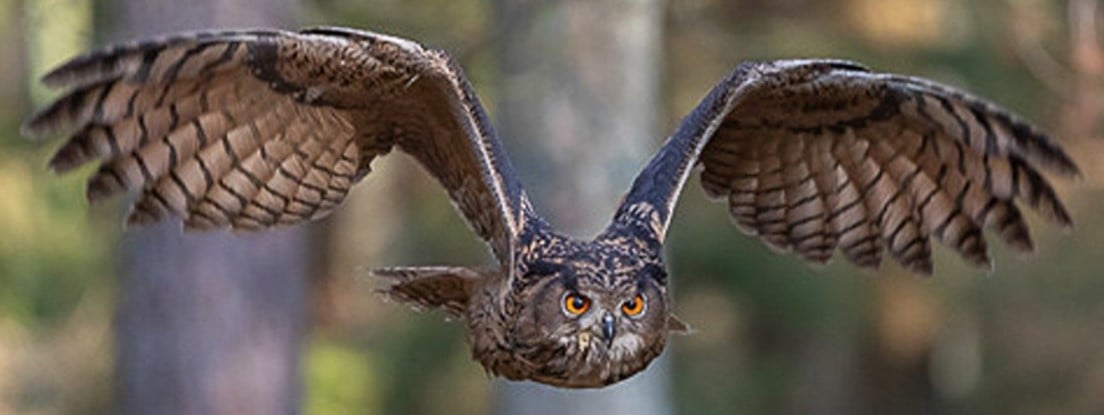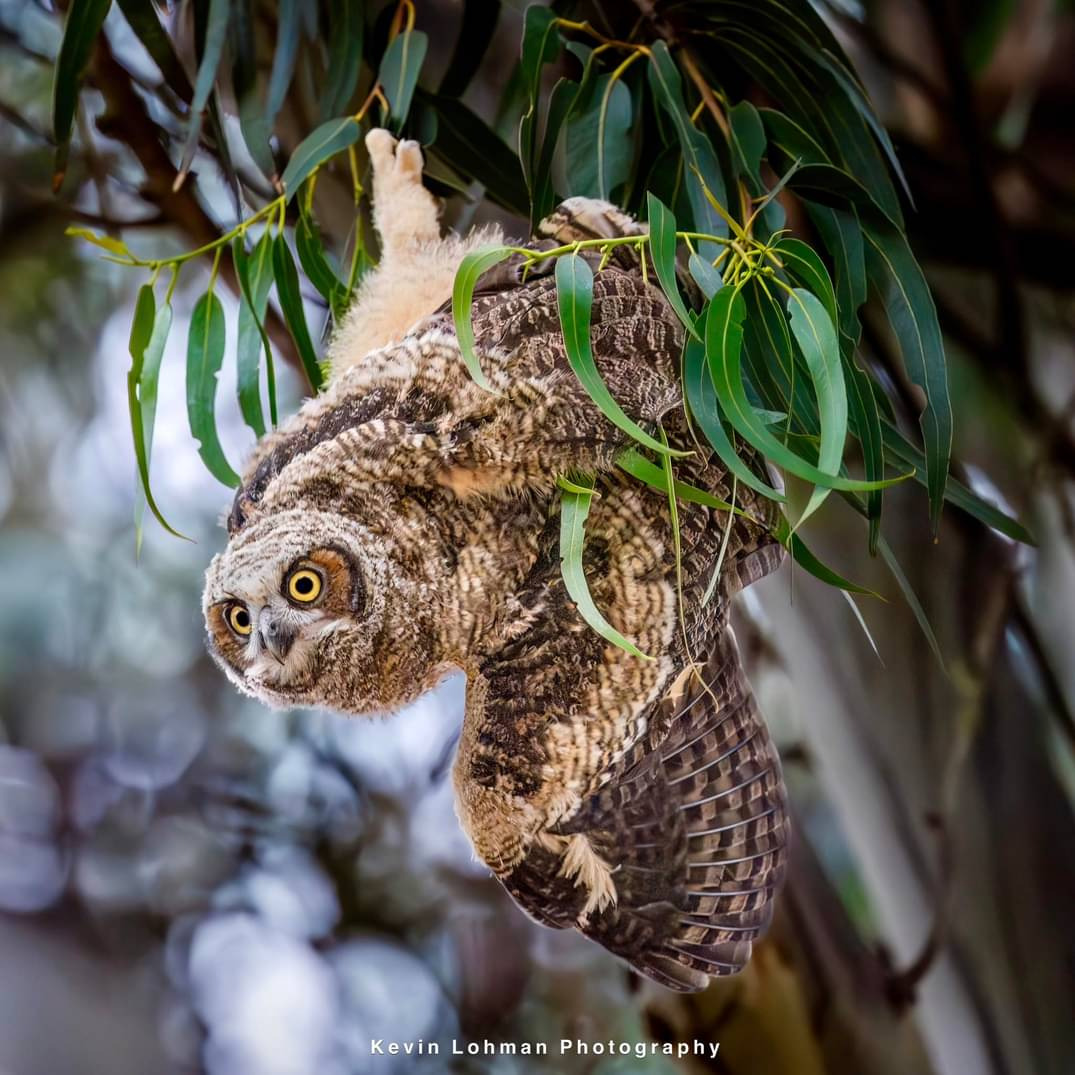NaNanaNa...Batowl!
Superbowl
For owls that are superb.

US Wild Animal Rescue Database: Animal Help Now
International Wildlife Rescues: RescueShelter.com
Australia Rescue Help: WIRES
Germany-Austria-Switzerland-Italy Wild Bird Rescue: wildvogelhilfe.org
If you find an injured owl:
Note your exact location so the owl can be released back where it came from. Contact a licensed wildlife rehabilitation specialist to get correct advice and immediate assistance.
Minimize stress for the owl. If you can catch it, toss a towel or sweater over it and get it in a cardboard box or pet carrier. It should have room to be comfortable but not so much it can panic and injure itself. If you can’t catch it, keep people and animals away until help can come.
Do not give food or water! If you feed them the wrong thing or give them water improperly, you can accidentally kill them. It can also cause problems if they require anesthesia once help arrives, complicating procedures and costing valuable time.
If it is a baby owl, and it looks safe and uninjured, leave it be. Time on the ground is part of their growing up. They can fly to some extent and climb trees. If animals or people are nearby, put it up on a branch so it’s safe. If it’s injured, follow the above advice.
For more detailed help, see the OwlPages Rescue page.
🤣
But can it do a 4 g negative pushover?
You know...it just might be able to even better than Tom Cruise.... 🤔
Negative Gs can cause redouts from blood pooling in the head. Our blood vessels tend to constrict and are fitted pretty snuggly to our bone structure. Owls on the other hand have their head blood vessels running through air pockets in their vertebrae. These channels leave about 10x the required space for the blood vessels, and their blood vessels do have the ability to expand.

This is the amazing anatomy that allows owls to turn their heads that famous 270 degrees. Since they can't swivel their actual eyes, the whole head needs to turn every which way. If their air and blood flow were subject to the opposing forces like it is for humans, they'd choke themselves out trying to look around. Longer explaination here.
And just searching quickly, most sources put regular flight for most birds reaches 2-4 Gs, with some maneuvers reaching 10-14, and some fancy birds like peregrine falcons hitting 25G. Owls typically don't fly too fast because it would be counterproductive to flying silently, plus their flight feathers aren't as dense, so I think the structure would give out before they could generate enough thrust.
